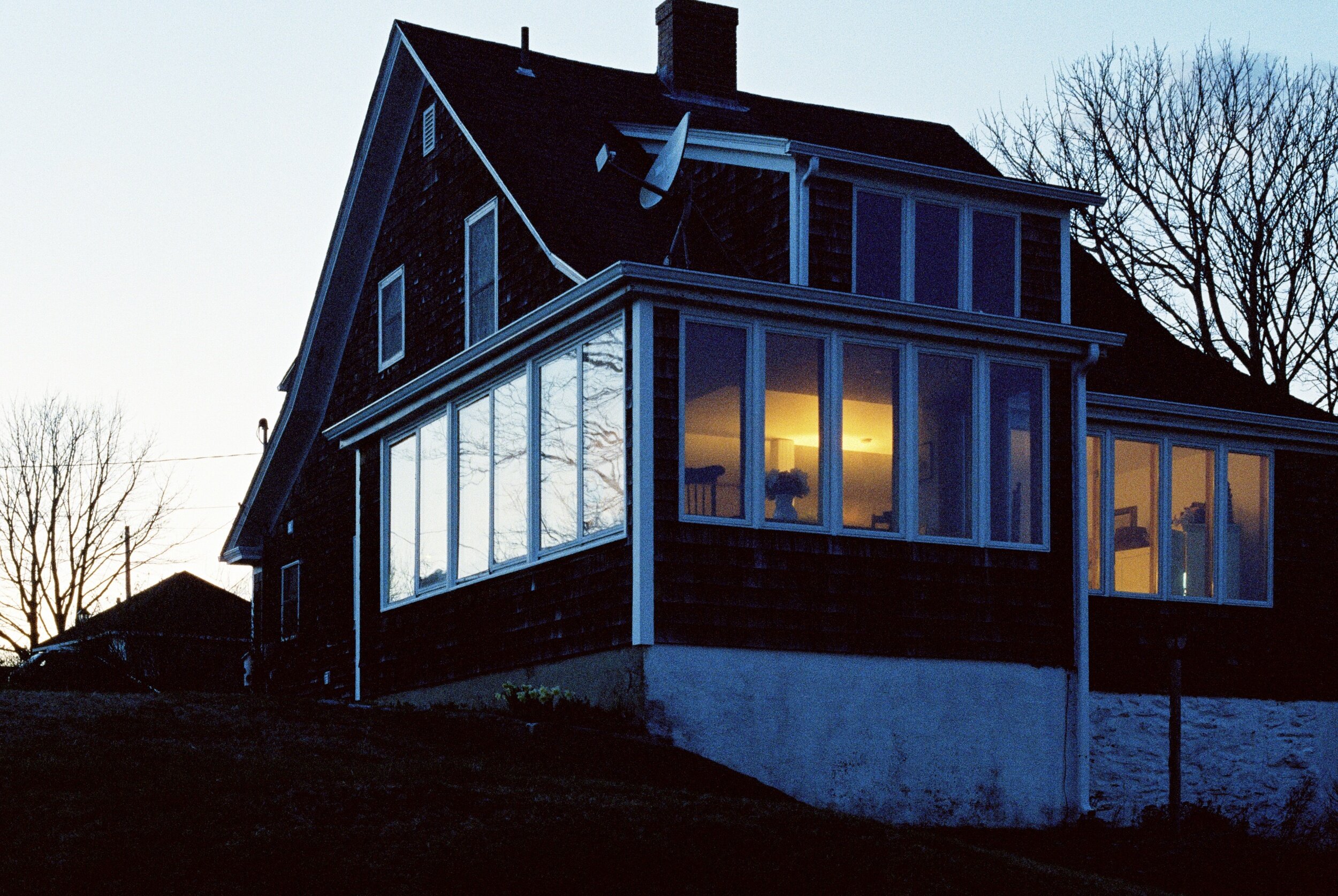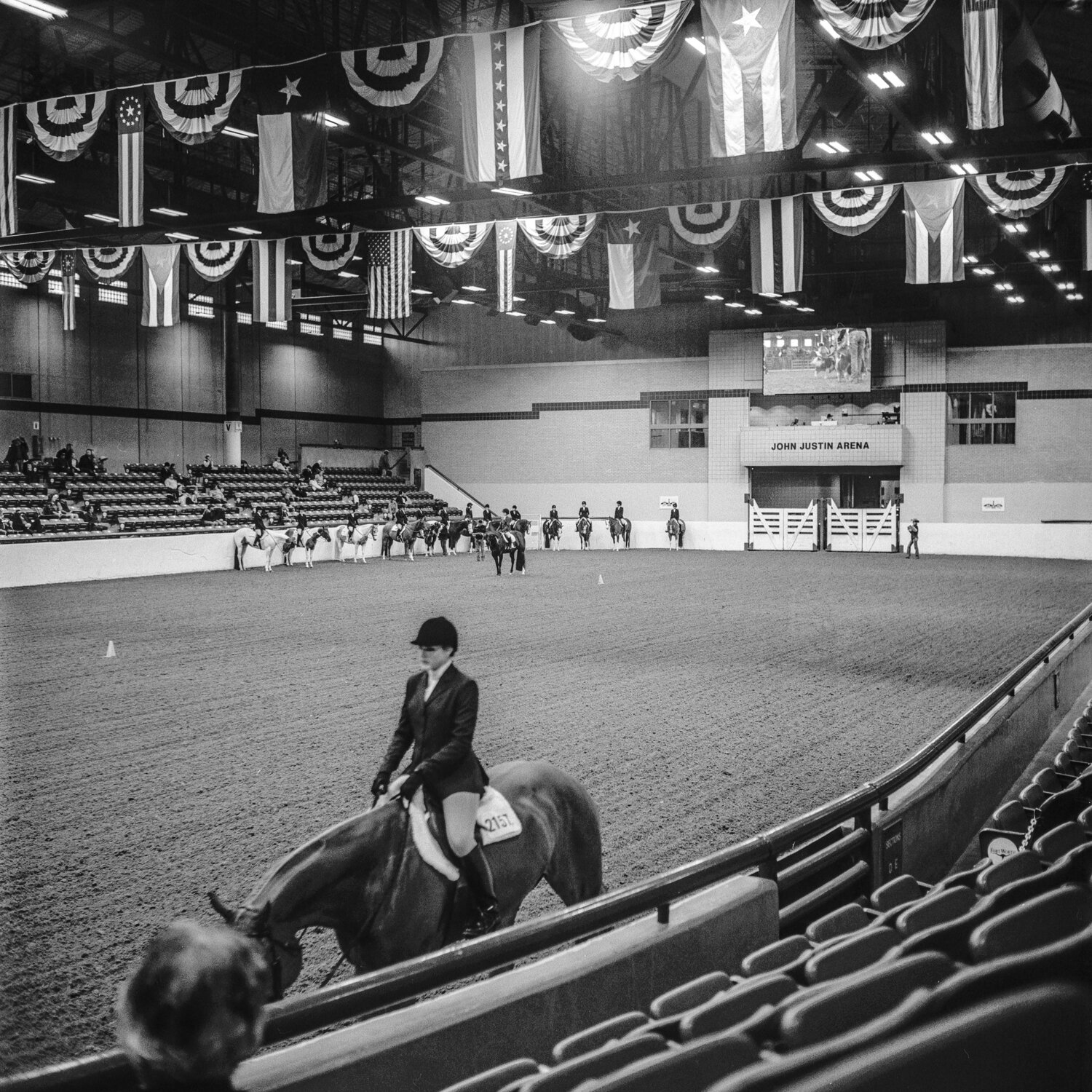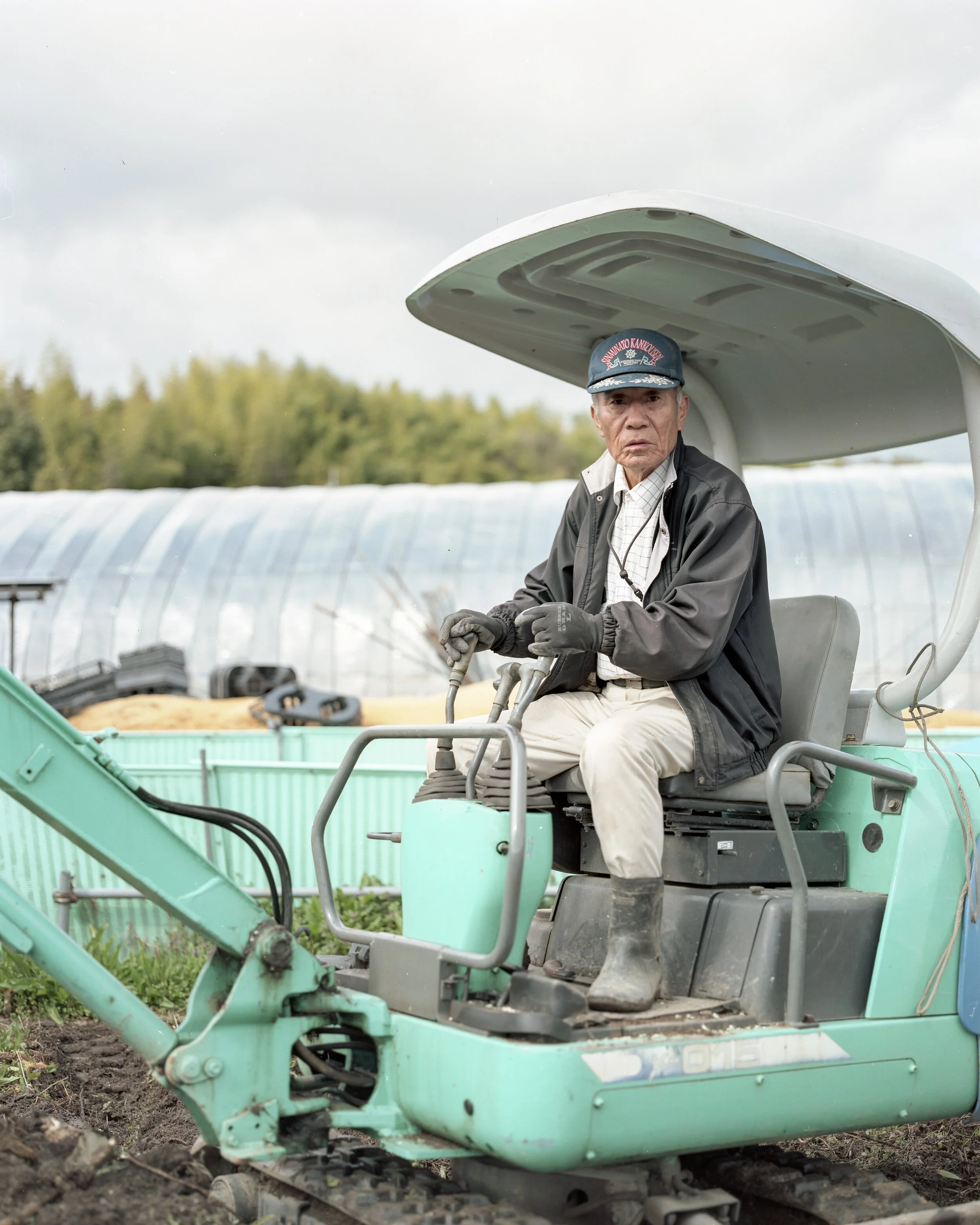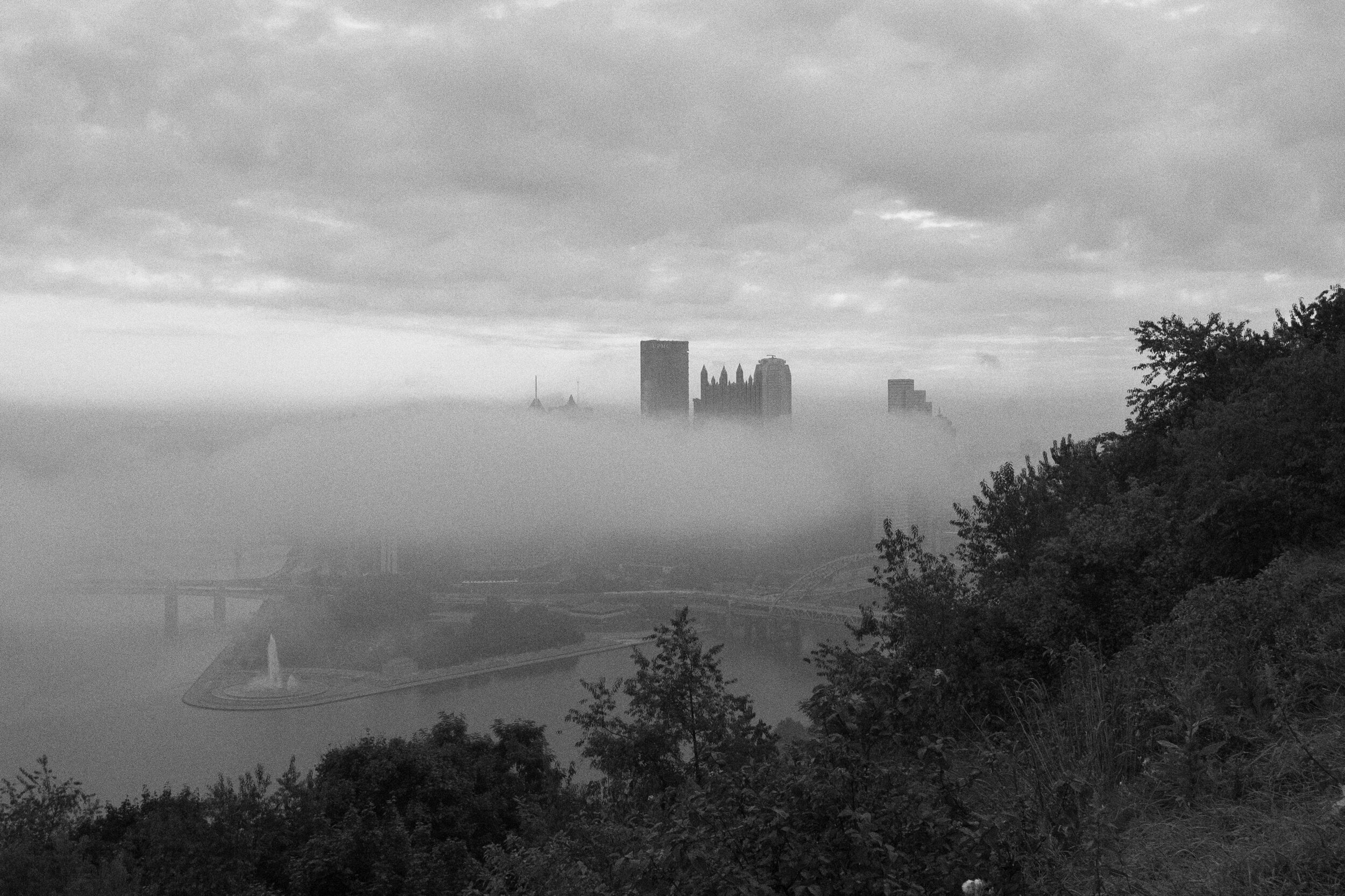PC: Stefan Byrom
Andrew D. McClees (ADM): Hi Stefan, Could you please introduce yourself and describe your work to the audience, in case they're not familiar?
Stefan Byrom (SB): My name’s Stefan Byrom currently living in Rochdale Greater Manchester. i would say my work is an honest documentation of life in northern working class Britain as it is today, but also has those hints of nostalgia thrown in there.
ADM: We're talking about "Northern Class" - for those who aren't familiar with that world (ie for the Americans like me) can you speak a bit more about Northern England, and the working class there - or what compelled you to pick up a camera and document it?
PC: Stefan Byrom
SB: the actual term working class refers to people who are engaged in waged or salaried labour but more specifically manual labour jobs and industrial work. The north of England at one time was a power house for manufacturing goods so we had a lot of mill towns and mining towns, which over the years has died out really. Work for a lot of people has become a lot harder to find but also the price of living has gone up to a point where a lot of families struggle to get by. So to me the term working class and the meaning of it has changed, i feel it's a lot more about the struggle of living and the characters that make up life in the north. i grew up on a council estate in a working-class town in broken Britain so i’ve also lived it. Alot of people do what they have to to survive and to me that’s so interesting, watching how people adapt to and deal with poverty and austerity.
ADM: The zine really covers a lot of ground - what images from it do you think are the most critical to understanding Northern England's working class, and why?
PC: Stefan Byrom
SB:I think the cover photo for a start and the washing hanging from the apartment window says a lot about the struggle of working class life but then you have this make do approach to life like with the bin being secured with tape to keep the rubbish in. most of the bin men /waste removal men won’t take your bin if its overflowing but that’s a common problem because rubbish isn’t collected regularly anymore, so it obviously builds up which sort of ties in with the mattresses and things like that, people can’t pay to get them removed etc so they are usually just discarded in an alleyway or on some wasteland in the hope the council will remove it .then you have the photo with he shopping in the pram for instance they are all ways of getting by without a lot of money and just doing what you have to do to survive.
ADM: What was your working process like? How did you shoot the zine, and what was your final selection and assembly process like?
SB: I wouldn’t say i intentionally went out with the idea of creating a zine, i'm constantly out taking photographs and a lot of the time they just end up in the archive or getting lost in the instagram feed, but i had bit of a period where i wasn’t feeling life mentally and instead of sulking i ended up putting the zine together aha. I'd like to create a proper version of it someday maybe in book form.
ADM: I definitely get that. What would you add to the zine to make it into a book - would you do anything different or investigate or document something you hadn't previously?
SB: I think if I was going to eventually make it into a book I would have to be a lot more intimate and get a bit deeper into people's lives, so making a lot more personal connections would be a good place to start with that.
ADM: When you're out shooting is there a particular method you employ? or do you sort of always have a camera on you and constantly document?
SB: I usually always start my day the same, I wake up and put music on, I think that’s always a good way to set your day off mood wise. i always visit my local shop in the morning and get a drink too. After that it really depends on my mood or what I'm feeling or maybe I’ll have a certain place in mind and i'll just make my way to that. I go with the flow quite a lot while i’m out and I carry my camera absolutely everywhere so i have no excuses aha.
ADM: There are quite a few portraits in Northern Class - what was your approach to getting your subjects to have their picture taken?
SB: To be honest, I don’t have that much of an approach, I think just being out all the time and them being familiar with me has sparked their interest. I’d say 90 percent of the people in the portraits asked me for their photo to be taken ,usually they will ask me what i'm doing and i’ll say something like i'm working on a book about my town or the north, and that then they are like get a picture of me or something similar aha.
ADM: did you have any major influences for Northern Class, photographic or otherwise? And would you mind sharing why or how they influenced your work?
PC: Stefan Byrom
SB: Northern Class is a collection of my ongoing work so i wouldn’t say anyone really influenced me to make it but as for my work in general i'm influenced by Eggelston, Shirley Baker, Harry Gruyaert, Dougie Wallace, John Bulmer, and more recently Evelyn Hofer. The tones/colour and the way they compose their work has to be admired - if you get composition right you can make some really powerful works - I'm always looking at them for inspiration. My work itself is inspired by my life and how i grew up and the things i've seen, using what you know well is so powerful.
ADM: Looking forward, is your focus more on expanding this project, or will you move on to a new project? If so, what's next?
SB: yeah i think moving forward it will be about building on what i have and refining it and just seeing where that takes me really and what other doors will open; I guess we'll just have to wait and see aha.
PC: Stefan Byrom
ADM: What advice would you give to someone attempting to document their community, like you have in Northern Class?
SB: The best advice I could give is always have your camera on you because some of the best stuff happens when you aren’t actively looking for it, but also be observant like understand what makes your community your community and then tell that story. The more you are in that area and the more hours you put in the better chance you have of doing that.
ADM: from Adali Schell: “What drives you to take photos, rather than making films or writing or expressing yourself in another way?”
SB: This is such a hard question because i think it's all sorts of things aha, in a way i'm challenging myself but i'm also trying to show the world that there’s a lot to be admired about from where your from, no matter how gritty or bad you feel the place is, it's like making positives from negatives and for me photography is one of the best ways of showing that other than film, i guess with photography though you really have time to take in an image and i think that can be a lot more powerful.
ADM: What question do you have for the next photographer? You can answer it yourself if you'd like to.
SB: Which photographers/artists out there do you admire other than the more well known ones?
ADM: Thanks so much for the interview - do you have any parting words or advice?
SB: Thank you too it was a pleasure… up the dale! and wu-tang forever!!!






































































